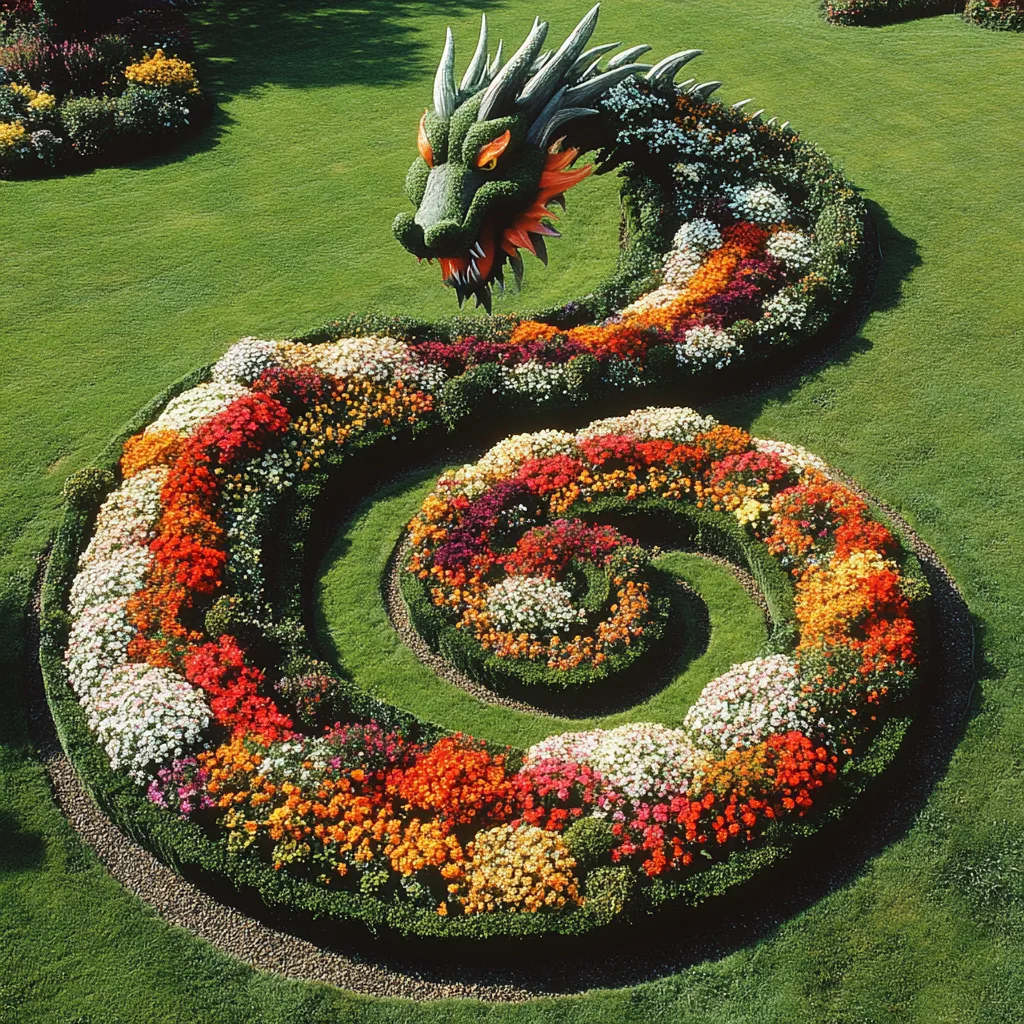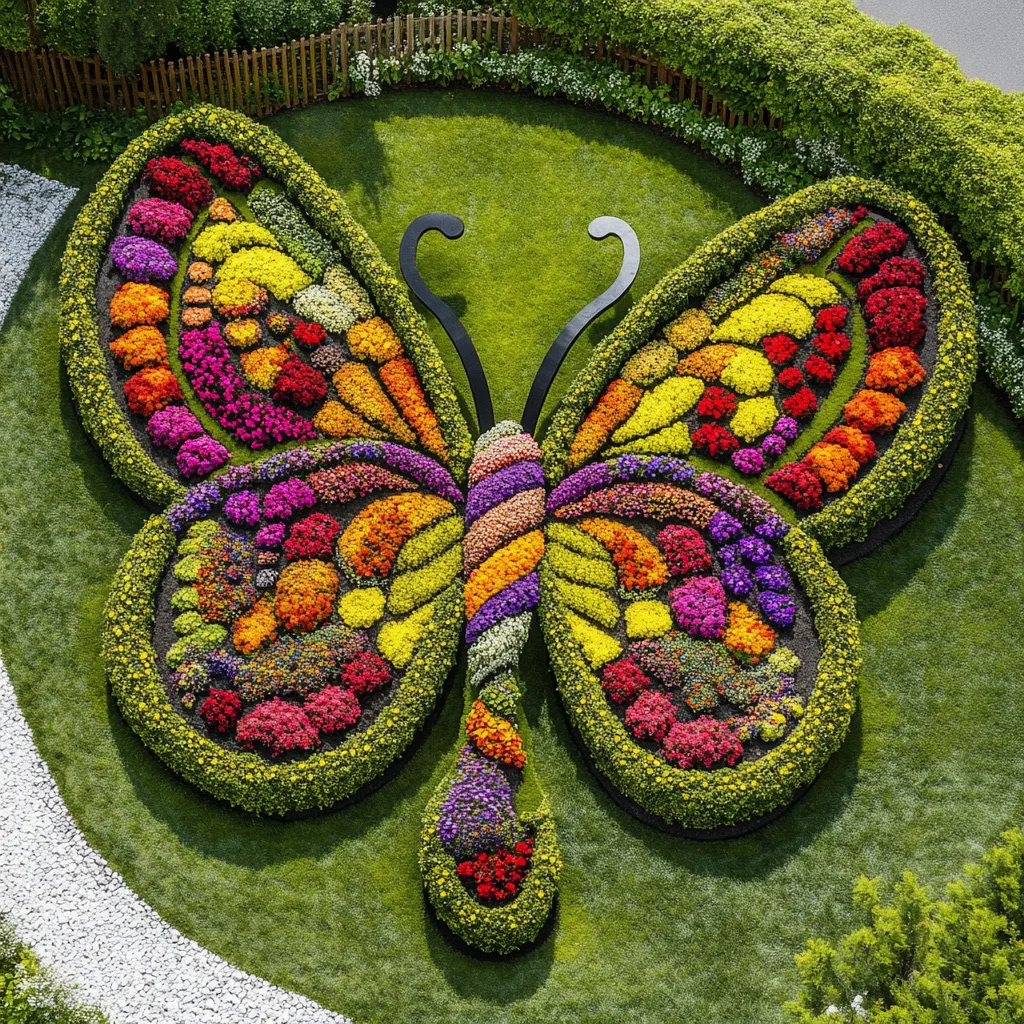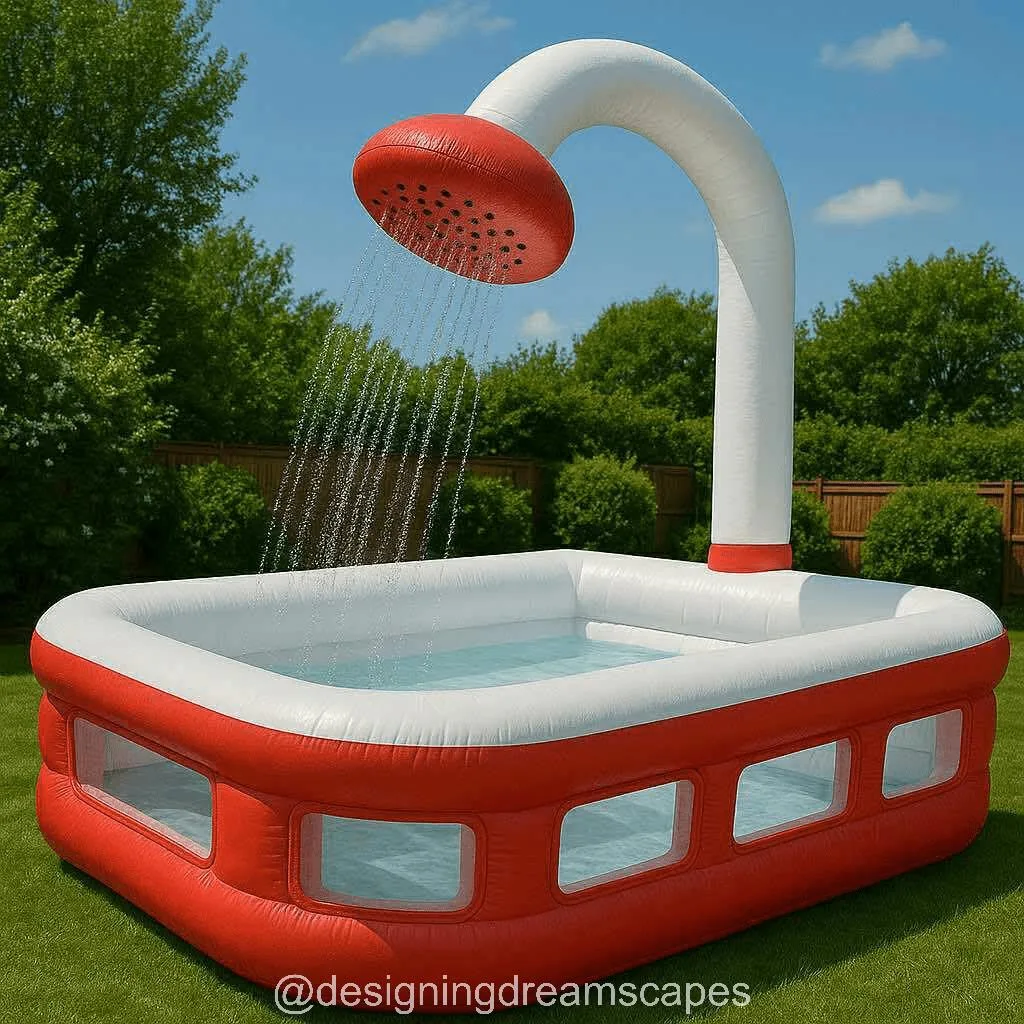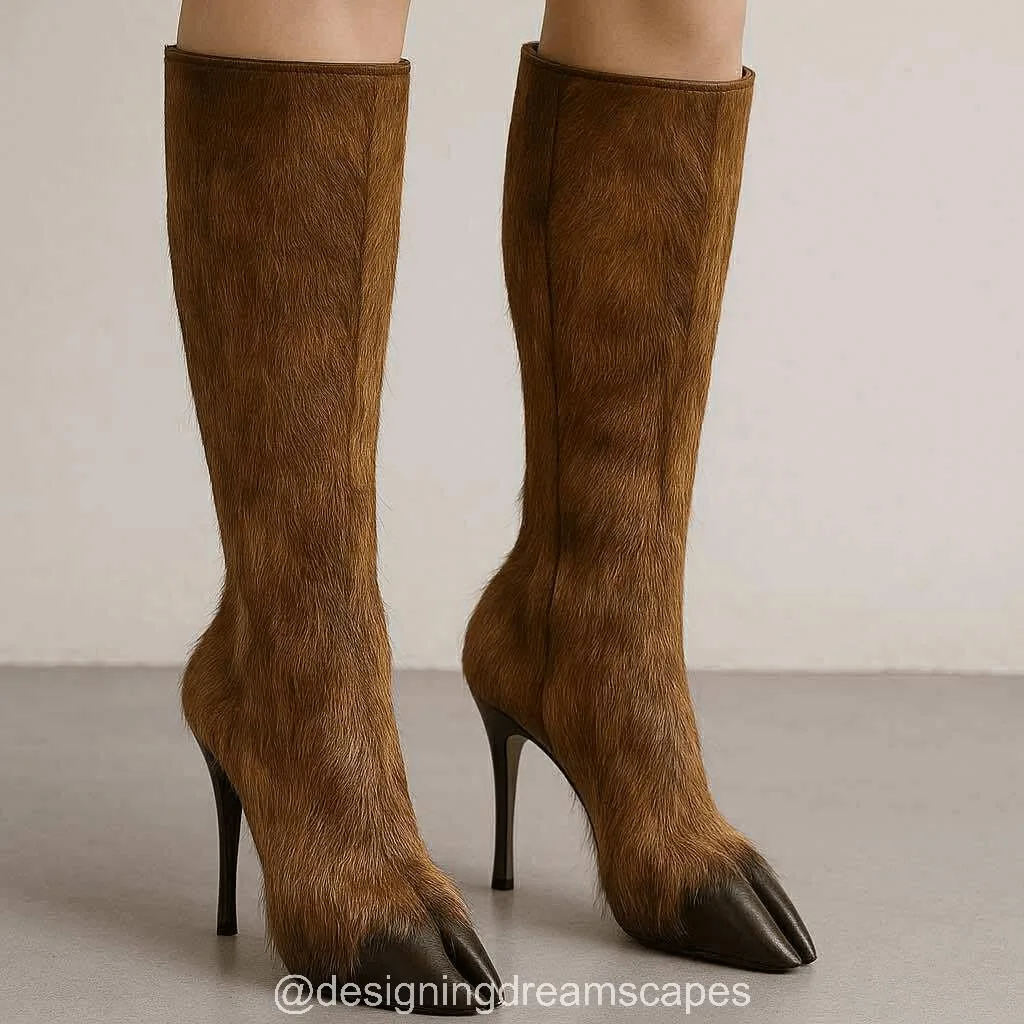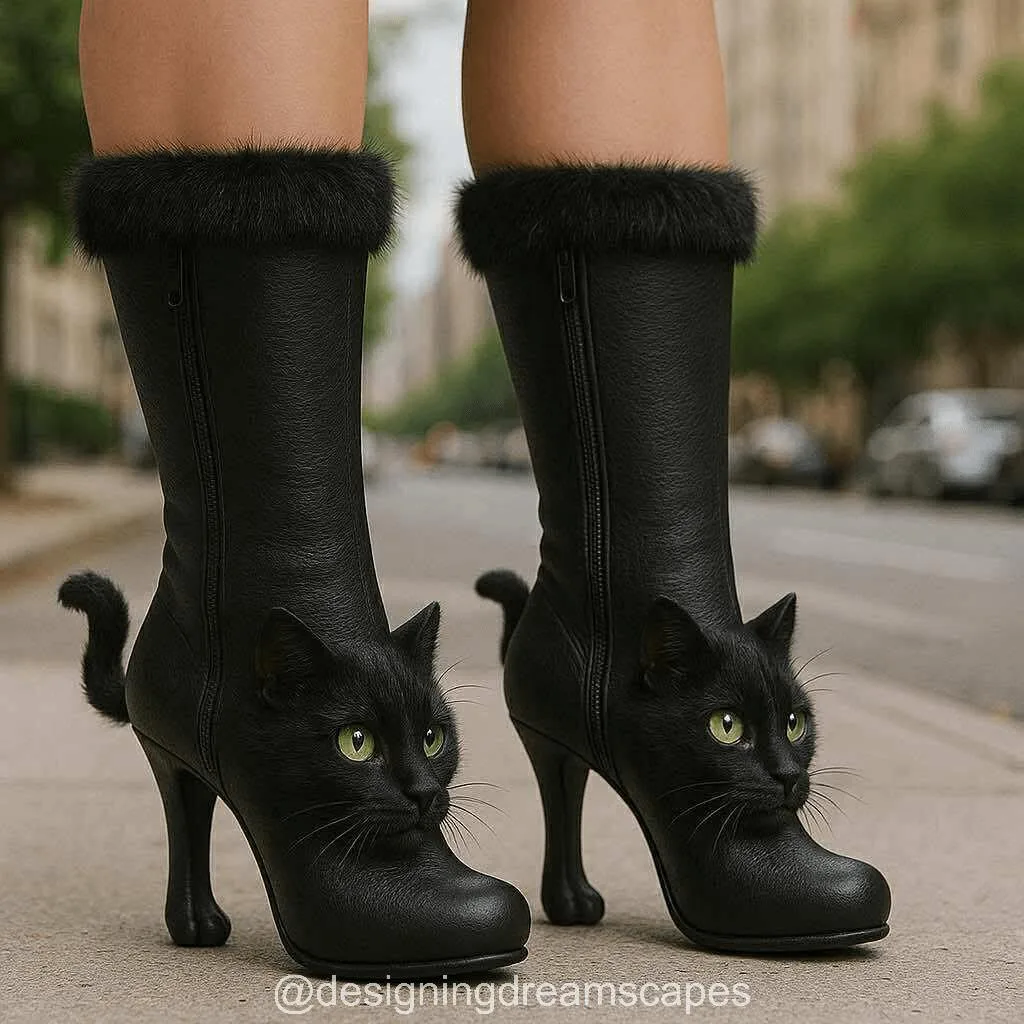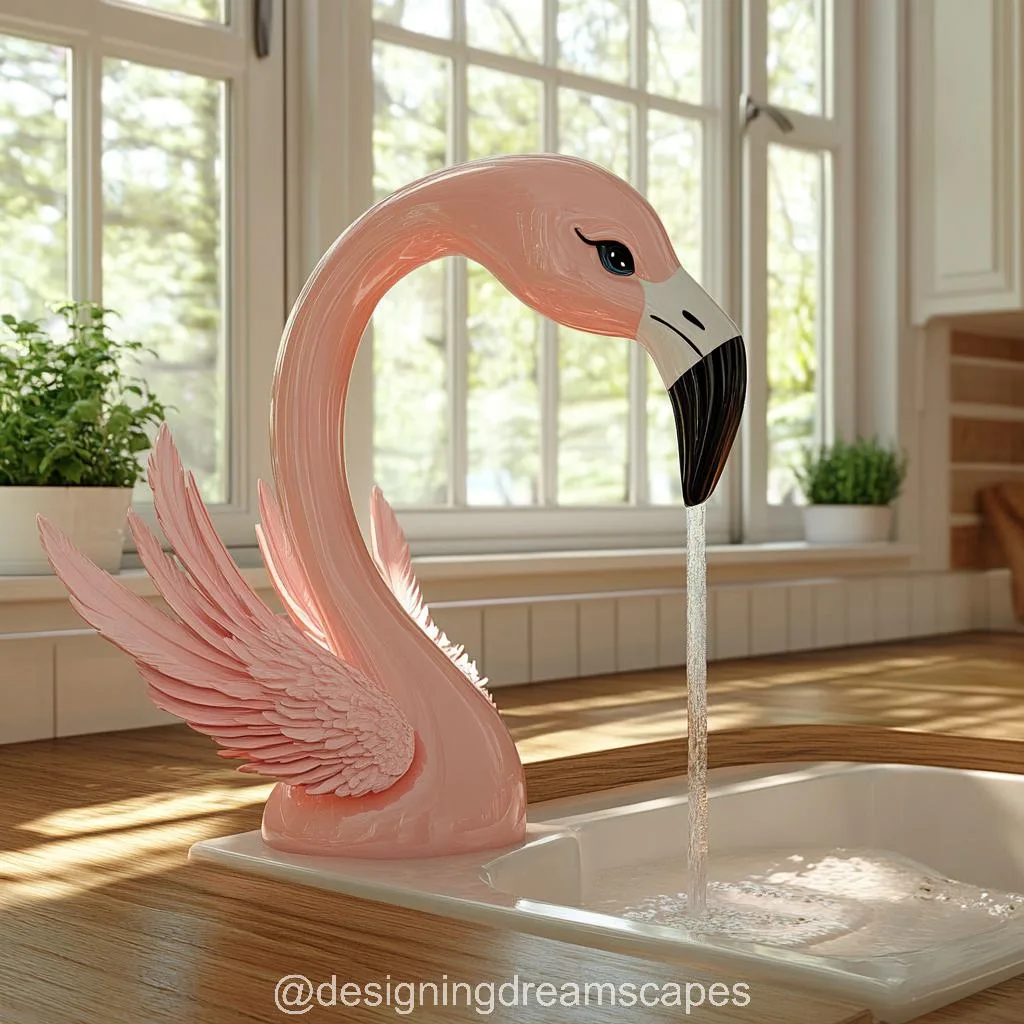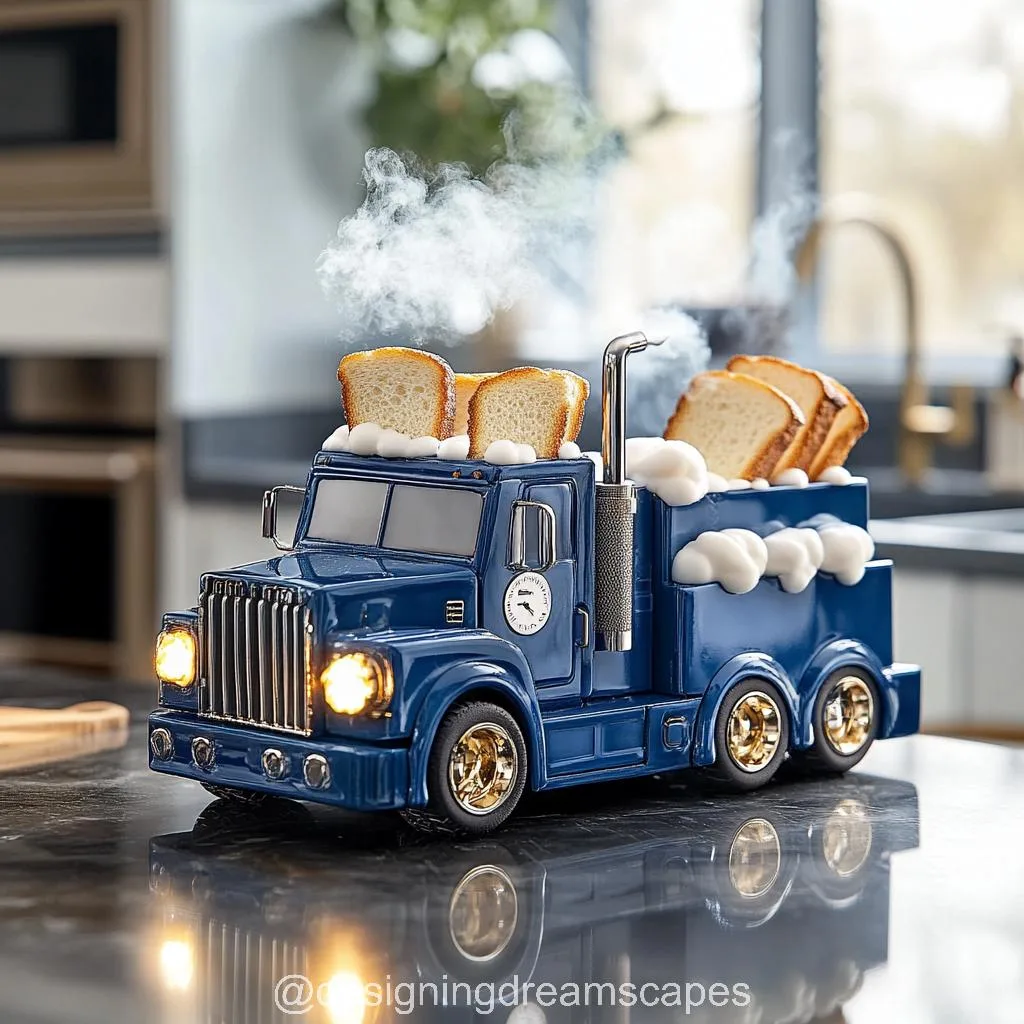Contents
Nature’s Most Beautiful Collaboration: Insects and Gardens
When you think of a vibrant, thriving garden, you probably picture blooming flowers, lush greenery, and perhaps a stone pathway—but the most essential part is often the smallest: insects. Specifically, the right kind of insects. From bees and butterflies to ladybugs and dragonflies, these tiny pollinators and protectors are the unsung heroes of a healthy ecosystem. That’s where gorgeous insect gardens come in.
A gorgeous insect garden isn’t just about aesthetic beauty; it’s about creating a sanctuary—both for your enjoyment and for the winged wildlife that keeps nature in balance. These thoughtfully designed spaces combine rich biodiversity with visual splendor, drawing in pollinators while delighting human senses with color, movement, and life.
What Is a Gorgeous Insect Garden?
More Than Flowers—It’s an Ecosystem
A gorgeous insect garden is a purpose-built landscape designed to attract, support, and sustain beneficial insects. But it doesn’t stop at function—these gardens are also planned for maximum visual impact.
A successful insect garden features:
- A wide range of nectar and pollen plants to attract pollinators
- Host plants for caterpillars and insect larvae
- Shelter and water for resting, nesting, and hydration
- Layered design and color schemes that create a lush, eye-catching environment
It’s where ecology and aesthetics meet—designed as much for bees and butterflies as for photographers, kids, and garden lovers.
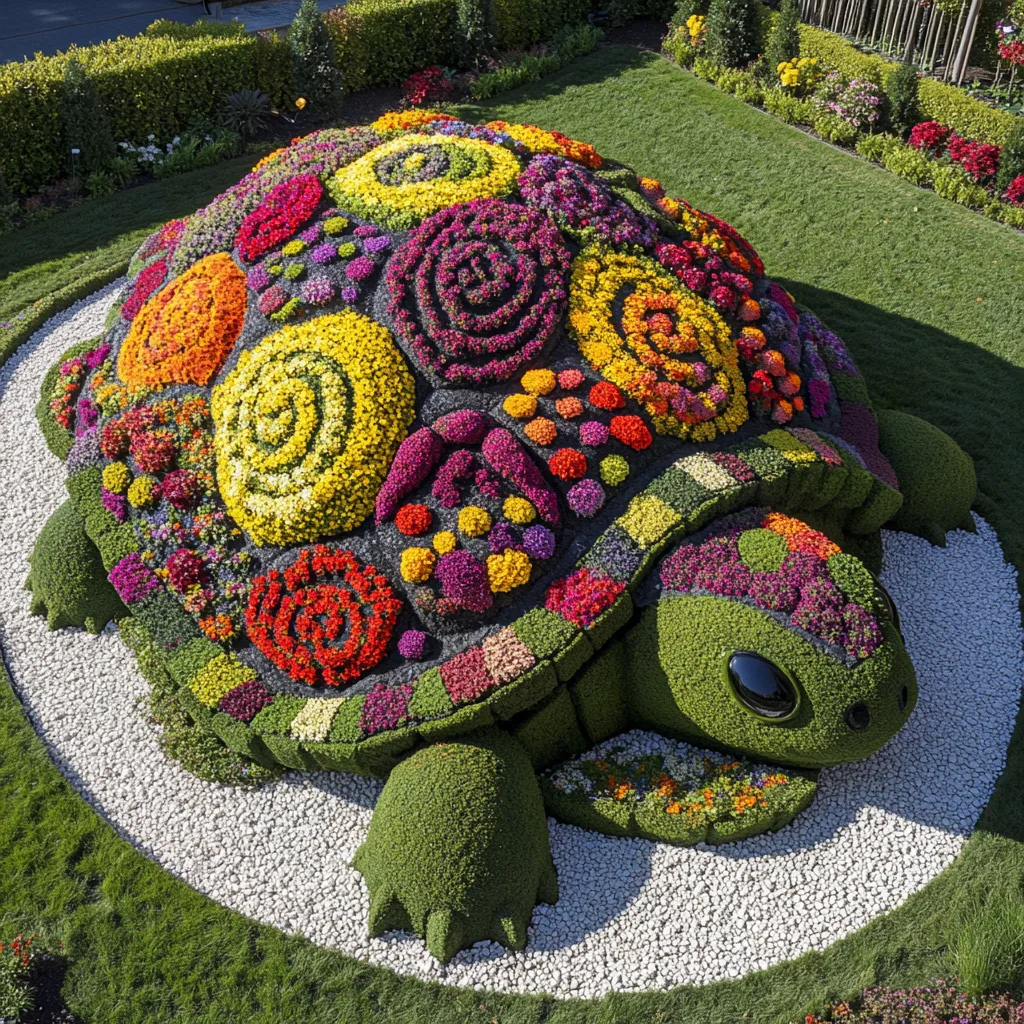
The Importance of Insects in Gardens
Why You Want Bugs in Your Backyard
While some bugs (like aphids or mosquitoes) are less welcome, many others are vital. Your garden thrives because of the work they do:
- Pollinators (bees, butterflies, hoverflies) allow plants to reproduce
- Predators (ladybugs, lacewings) control pest populations
- Decomposers (beetles, ants) help return nutrients to the soil
- Indicators: Their presence signals a healthy, chemical-free environment
Without insects, your garden is just a display. With them, it’s alive.
Designing a Gorgeous Insect Garden
Planning for Beauty and Biodiversity
Creating an insect garden isn’t just tossing seeds around. It takes intention, structure, and a little bit of wildness.
H3: Key Design Elements
- Plant Diversity
- Native wildflowers, herbs, shrubs, and flowering trees
- Seasonal bloomers for year-round attraction
- Mix of shapes, heights, and flower colors
- Layered Planting
- Groundcovers like thyme and clover
- Mid-height perennials like coneflowers and milkweed
- Tall structural plants like hollyhocks or goldenrod
- Natural Materials
- Use stone, logs, and bark as natural habitats
- Include sand or dry soil patches for ground-nesting bees
- No Pesticides
- Avoid chemical treatments that harm pollinators and disrupt the food chain
- Embrace organic gardening methods
- Water Sources
- Shallow dishes with pebbles for bees and butterflies
- Mini ponds for dragonflies or water beetles
Planting for Pollinators
- Bees: Lavender, salvia, borage, bee balm, foxglove
- Butterflies: Milkweed, fennel, zinnias, verbena
- Ladybugs & Predators: Dill, yarrow, cosmos
- Moths & Night Insects: Evening primrose, moonflower, jasmine
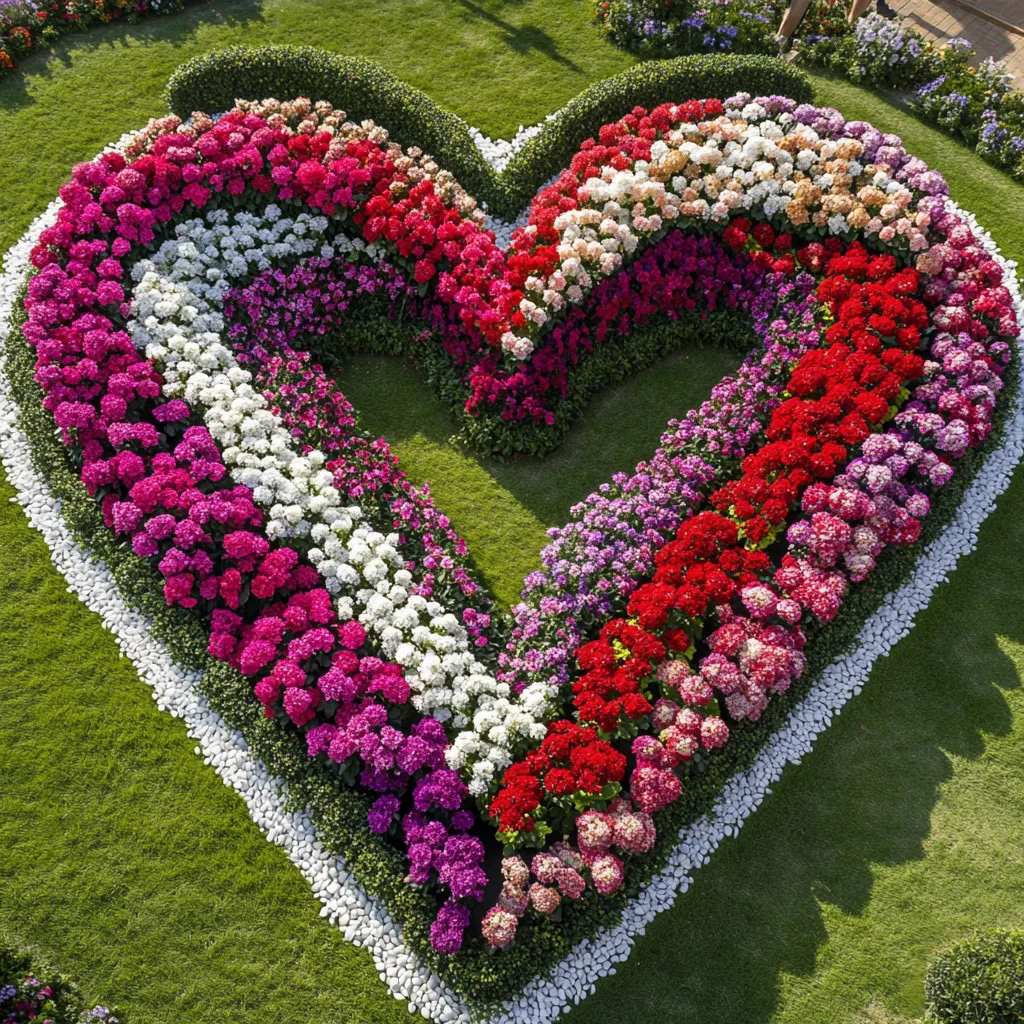
Making It Gorgeous: Visual and Structural Tips
Color & Texture Harmony
- Use color gradients like purples and blues for depth
- Mix fine and bold textures (feathery dill with spiky echinacea)
- Group plants in odd-numbered clusters for natural flow
Include Focal Points
- Sculptures: Metal bees, butterfly stakes, or glass mushrooms
- Bug Hotels: Functional and decorative wood structures for nesting insects
- Pathways: Winding stone trails through nectar zones
- Seating Areas: Benches under flowering canopies for immersion
Seasonal Planning
- Early bloomers (crocus, snowdrops) bring insects out of dormancy
- Summer stunners (sunflowers, black-eyed susans) feed active populations
- Fall flowers (asters, goldenrod) prepare insects for winter
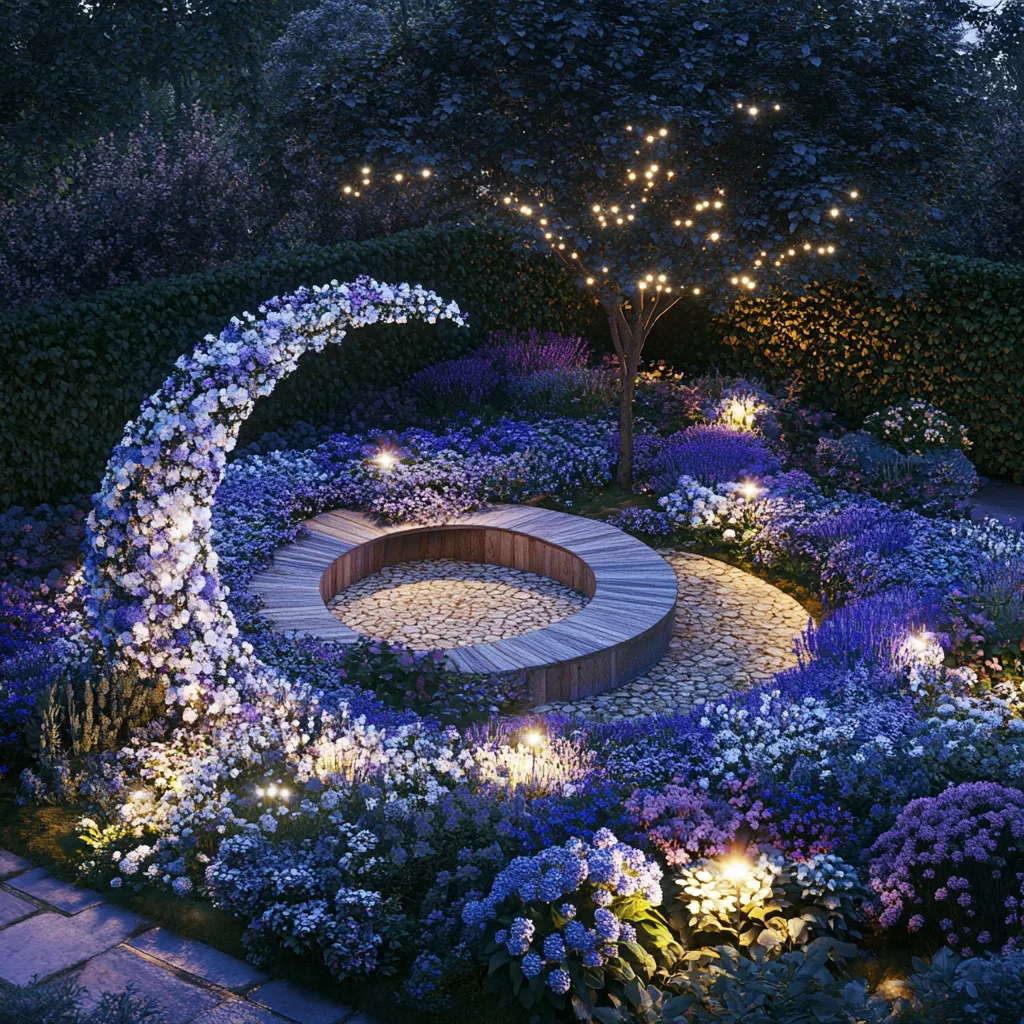
Building a Bug-Friendly Backyard
Create Microhabitats
Different insects prefer different environments. Build mini-zones like:
- Rocky patches for beetles
- Brush piles for overwintering
- Rotting logs for decomposers
- Sunny meadows for butterflies and bees
Install Insect Shelters
- Bee Hotels: With bamboo tubes or drilled wood blocks
- Butterfly Houses: Vertical slits mimic tree bark shelter
- Ladybug Lodges: Straw-filled nooks attract aphid-hunters
- Ground Bee Spaces: Undisturbed, dry soil patches without mulch
Avoid Night Lights
Insects rely on natural light cues. Outdoor floodlights confuse and exhaust them. Opt for soft, downward-facing or motion-triggered lighting.
Inspiring Insect Garden Styles
1. Wildflower Meadow
A low-maintenance sprawl of native flowers, grasses, and herbs that buzzes with life and color.
2. Cottage-Inspired Pollinator Patch
A dense, artistic mix of blooms with hidden bug houses, a picket fence, and whimsical touches like hanging lanterns.
3. Zen Insect Garden
Blends traditional Japanese landscaping with insect-friendly plants—think moss, shallow ponds, cherry trees, and quiet bee spots.
4. Vertical Pollinator Wall
Perfect for small spaces: wall-mounted planters and bee hotels, trailing nectar flowers, and small herb gardens in a vertical setup.
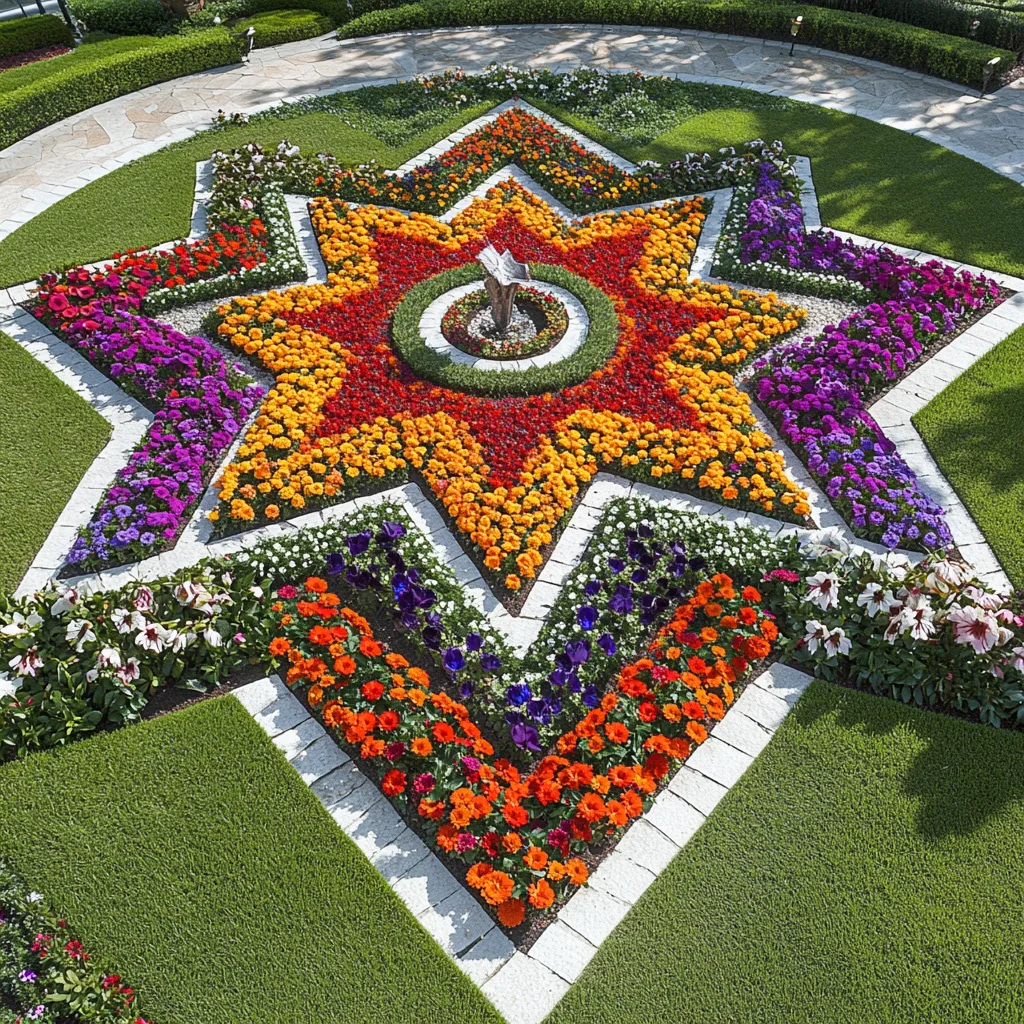
Community and Environmental Benefits
- Supports declining pollinator populations
- Reduces pesticide reliance and promotes natural pest control
- Creates education opportunities for children and neighbors
- Improves local biodiversity and soil health
Where Beauty and Biodiversity Thrive
A gorgeous insect garden is more than a trend—it’s a timeless practice that connects people with nature. By intentionally designing for beauty and ecological value, you create a living landscape that hums with life, sustains essential species, and offers year-round delight.
Whether you live in the city or country, have a backyard or just a balcony, there’s room to grow a pocket of paradise—for you and for the planet’s most important tiny workers.
Now’s the time to dig in, plant boldly, and let the buzz begin.
